Germany has issued an arrest warrant for Ukrainian diving instructor Vladimir Z., suspected of involvement in the Nord Stream bombings, according to Süddeutsche Zeitung, Die Zeit and ARD, which conducted a joint investigation.
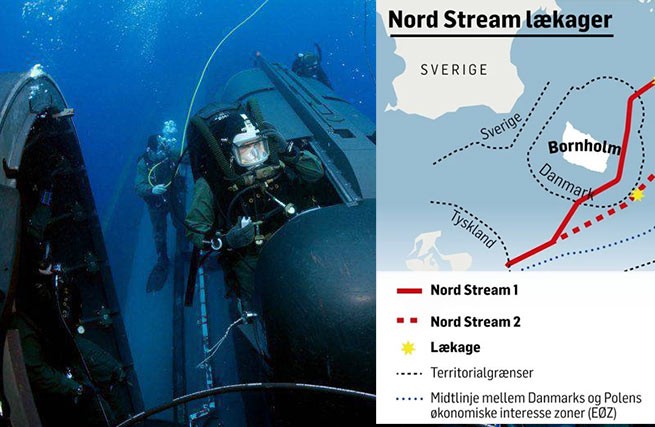
After the information that ruptures were found on all three branches of the Nord Stream 1 and 2 gas pipelines, no one has any doubt that it was sabotage. But who could have done it, and who benefited from it?
A total of three Ukrainian instructors are suspected of having attached explosives to Russian gas pipelines, according to investigators. All three have already left Germany.
Investigators are keeping silent about how a diver with such equipment managed to deliver explosives weighing several hundred kilograms to a depth of more than 100 meters.

The main suspect is Vladimir, Die Zeit publishes his photo.
There were a total of six people on the yacht where the bombing team was believed to be located: five men and one woman.
The full names and photos of all three suspects have already appeared in the media: Vladimir Zhuravlev, Evgeny and Svetlana Uspensky.
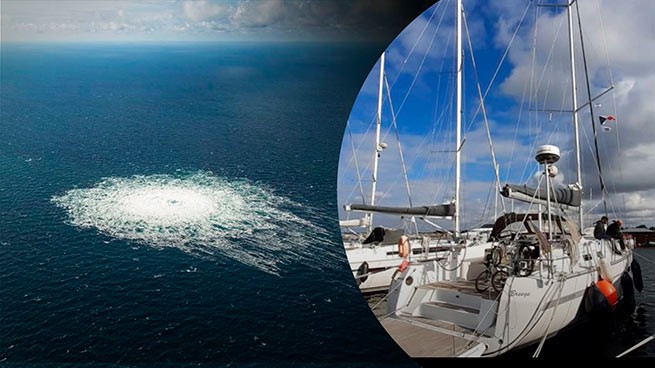
Vladimir lives in Poland. He denies any involvement. Warsaw “took no action” after the warrant was issued in June, and now the case has become a “political issue” because in Poland “building a pipeline was considered a sin” and “a suspect in sabotage would be a hero.”
According to Bild, the man had previously been asked by journalists about his possible involvement in the explosions, and he had denied any involvement, saying he was surprised.
German authorities have reportedly identified two more Ukrainian citizens, a man and a woman, for their involvement in the two bombings, but have not issued arrest warrants for them.
Experts noted that while it was theoretically possible to place explosives on the pipeline by hand, it would be difficult for even experienced divers to dive to a depth of more than 200 feet on the seabed and slowly ascend to the surface to allow time for decompression.
Such an operation would have required multiple dives, allowing Andromeda to be detected by nearby ships. The mission would have been easier to conceal and carried out by remotely operated vehicles or small submarines, say diving experts and rescuers who worked in the blast area, which is characterized by rough seas and heavy shipping.
On September 26, 2022, the pipeline operator recorded a sharp drop in pressure inside it – from 300 to 7 bar overnight. This usually happens if the energy carrier that provides pressure begins to be lost inside the system. A Nord Stream 2 representative confirmed that problems with the pipeline were discovered last night.
After the sharp drop in pressure was recorded, the operator reported it to representatives of the coastal services of neighboring countries – Denmark, Germany, Sweden, Finland and Russia.

After the information that ruptures were found on all three branches of the Nord Stream 1 and 2 gas pipelines, no one has any doubt that it was sabotage. But who could have done it, and who benefited from it?
The SP-1 and SP-2 gas pipelines are laid at a depth of 80–110 m. These depths are accessible to divers, and working at them does not require deep-sea equipment or the highly complex training required by deep-sea divers. This was reported to MASHNEWS by a Russian company that manufactures diving equipment.
As another source for the publication, the chief designer of an enterprise developing underwater vehicles, emphasized, “one or two” underwater vehicles with the appropriate equipment are enough to plant an explosive device or drill holes in pipes. “These can be either remotely operated unmanned underwater vehicles (ROVs) or autonomous vehicles (AUVs),” the specialist said.
He added that similar devices are in service with almost all Baltic countries, as well as NATO member states.
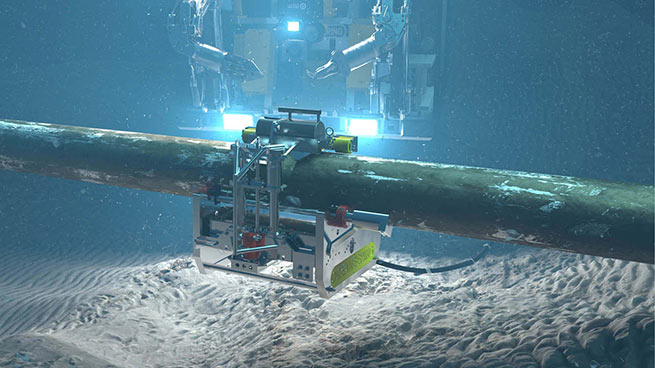
An underwater vehicle inspects a pipeline / oceaneering.com
The SP-1 and SP-2 gas pipelines are laid at a depth of 80–110 m. These depths are accessible to divers, and working at them does not require deep-sea equipment or the highly complex training required by deep-sea divers. This was reported to MASHNEWS by a Russian company that manufactures diving equipment.
As another source for the publication, the chief designer of an enterprise developing underwater vehicles, emphasized, “one or two” underwater vehicles with the appropriate equipment are enough to plant an explosive device or drill holes in pipes. “These can be either remotely operated unmanned underwater vehicles (ROVs) or autonomous vehicles (AUVs),” the specialist said.
He added that similar devices are in service with almost all Baltic countries, as well as NATO member states.

An underwater vehicle inspects a pipeline / oceaneering.com
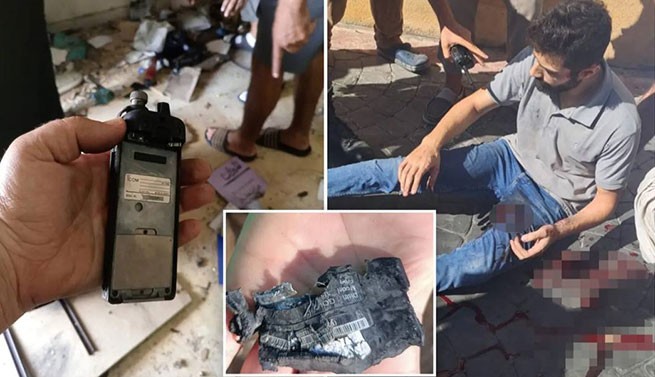
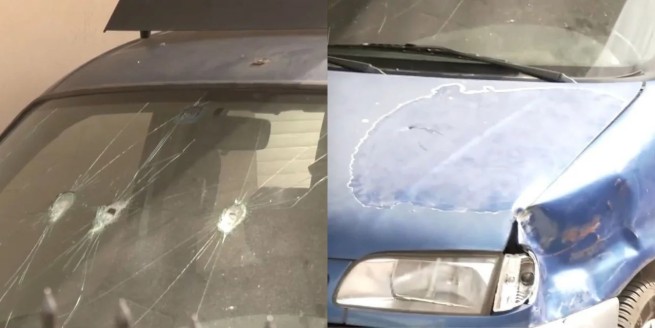
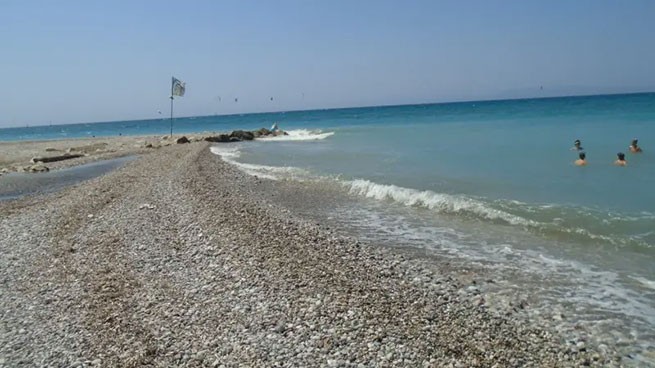

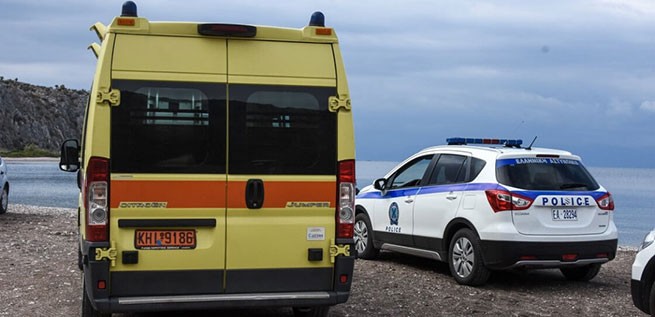


More Stories
Democrats reject Trump's proposal to require voters to show proof of US citizenship
Woman's Desperate Fight With Python Ends With 4-Meter Snake Defeated (Video)
By refusing to pay the fine, Orban could lose some of the funds allocated to him by the EU